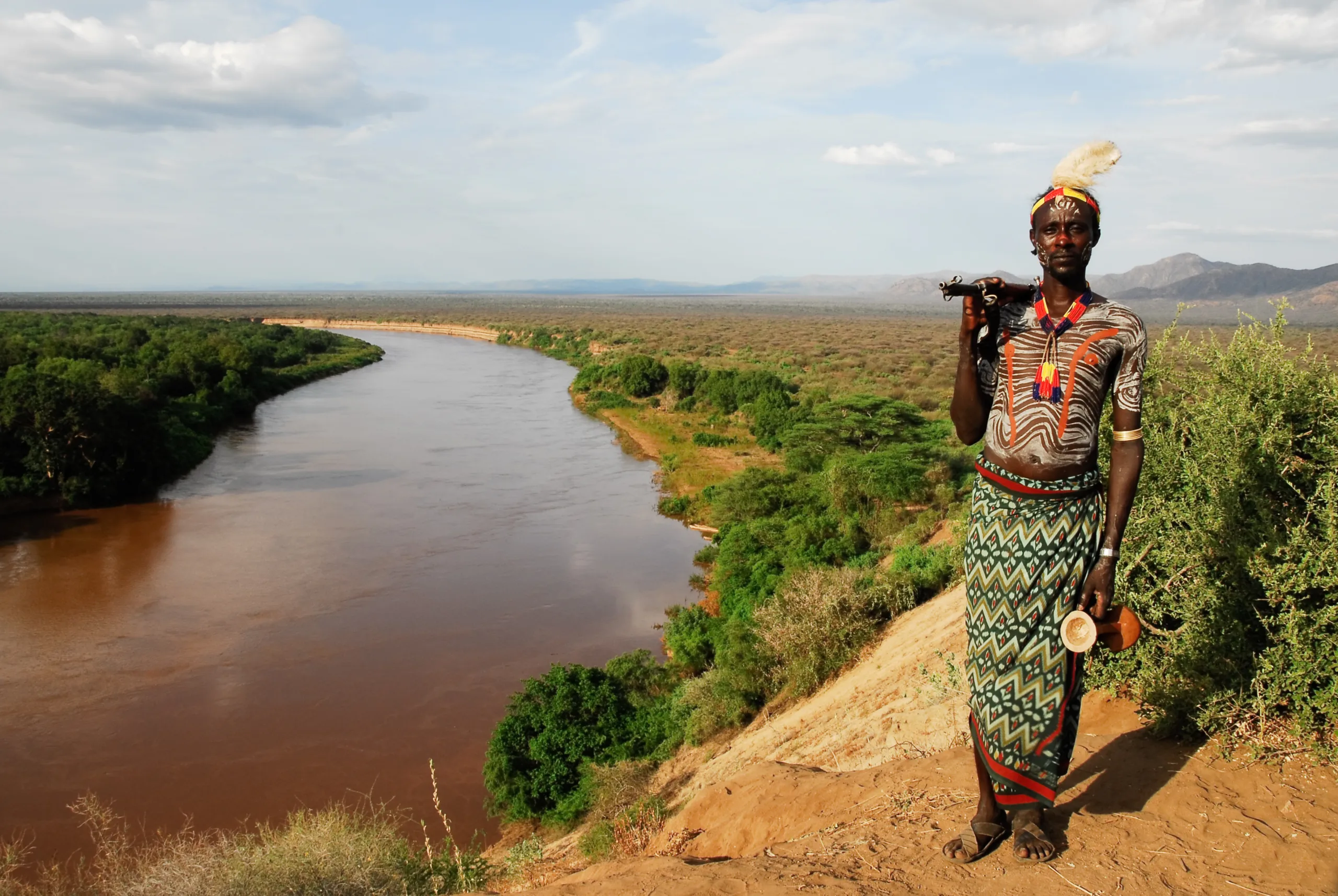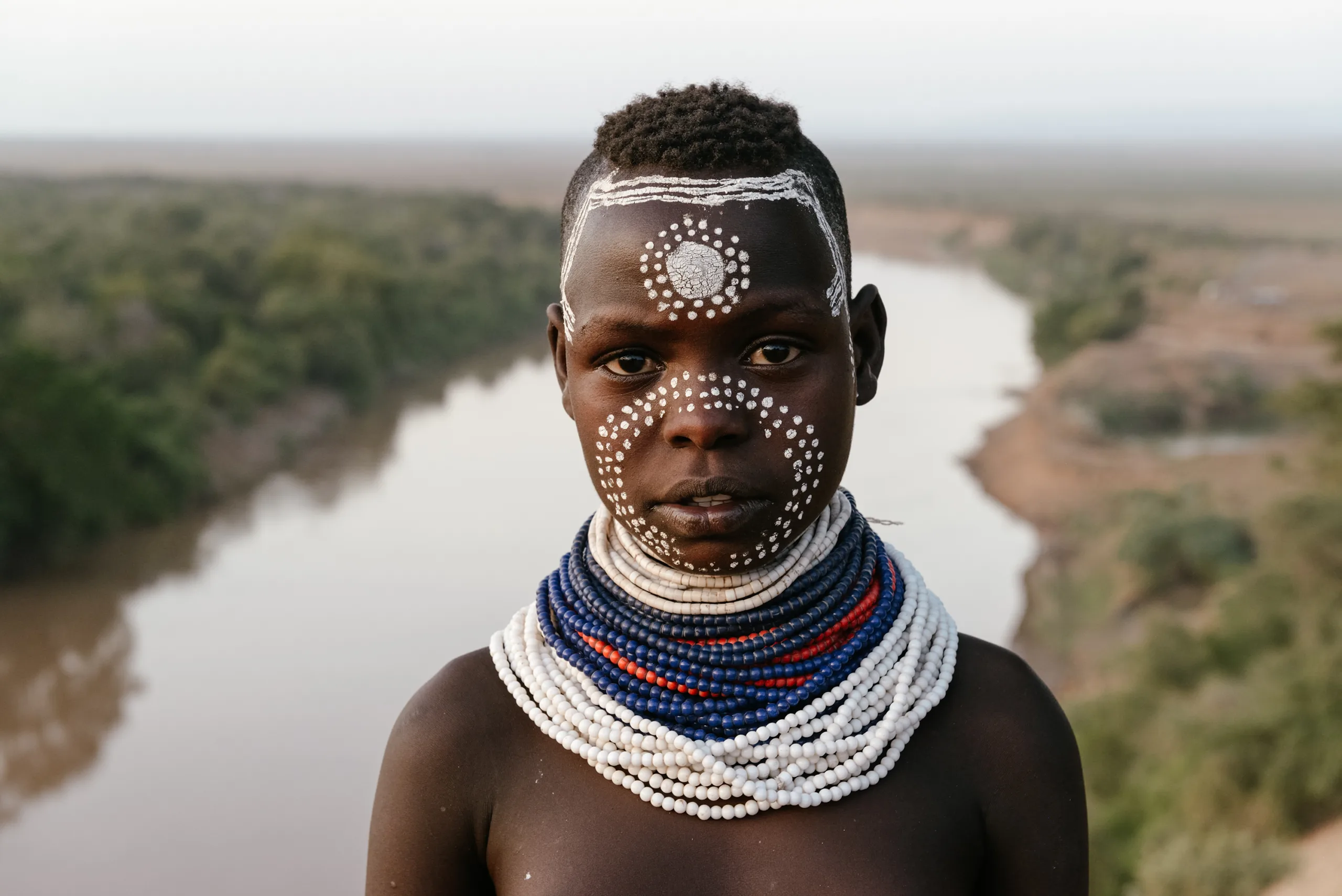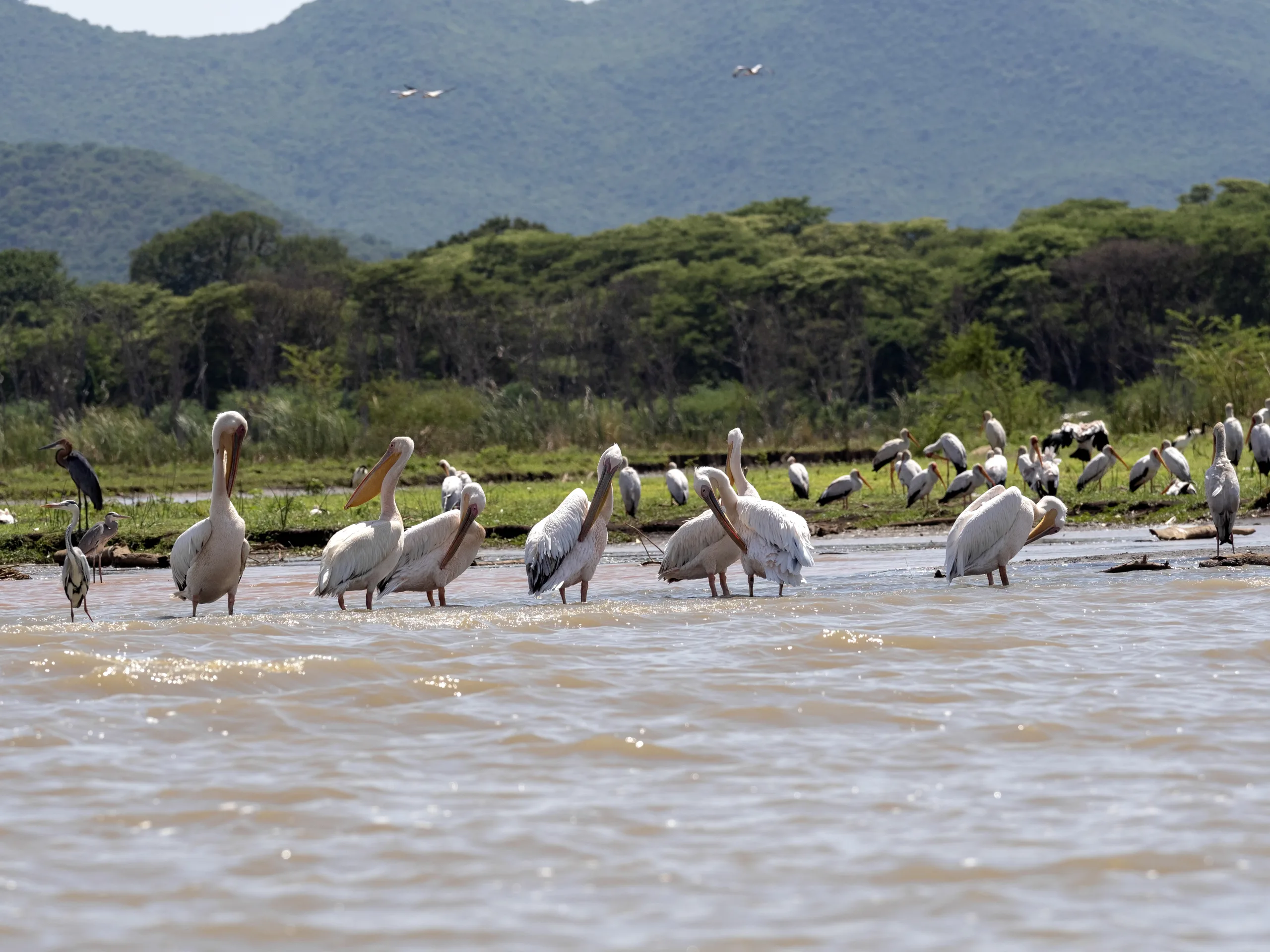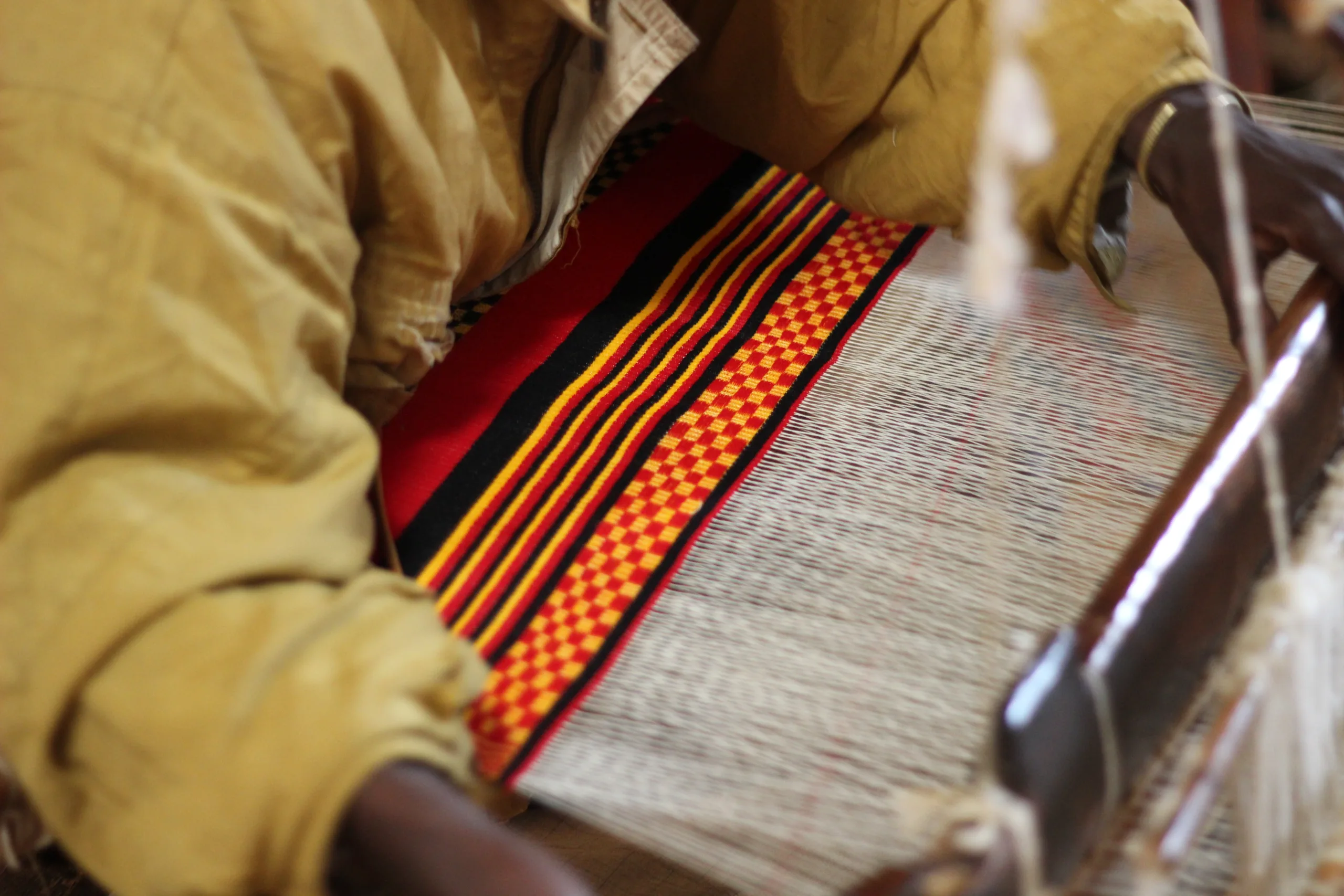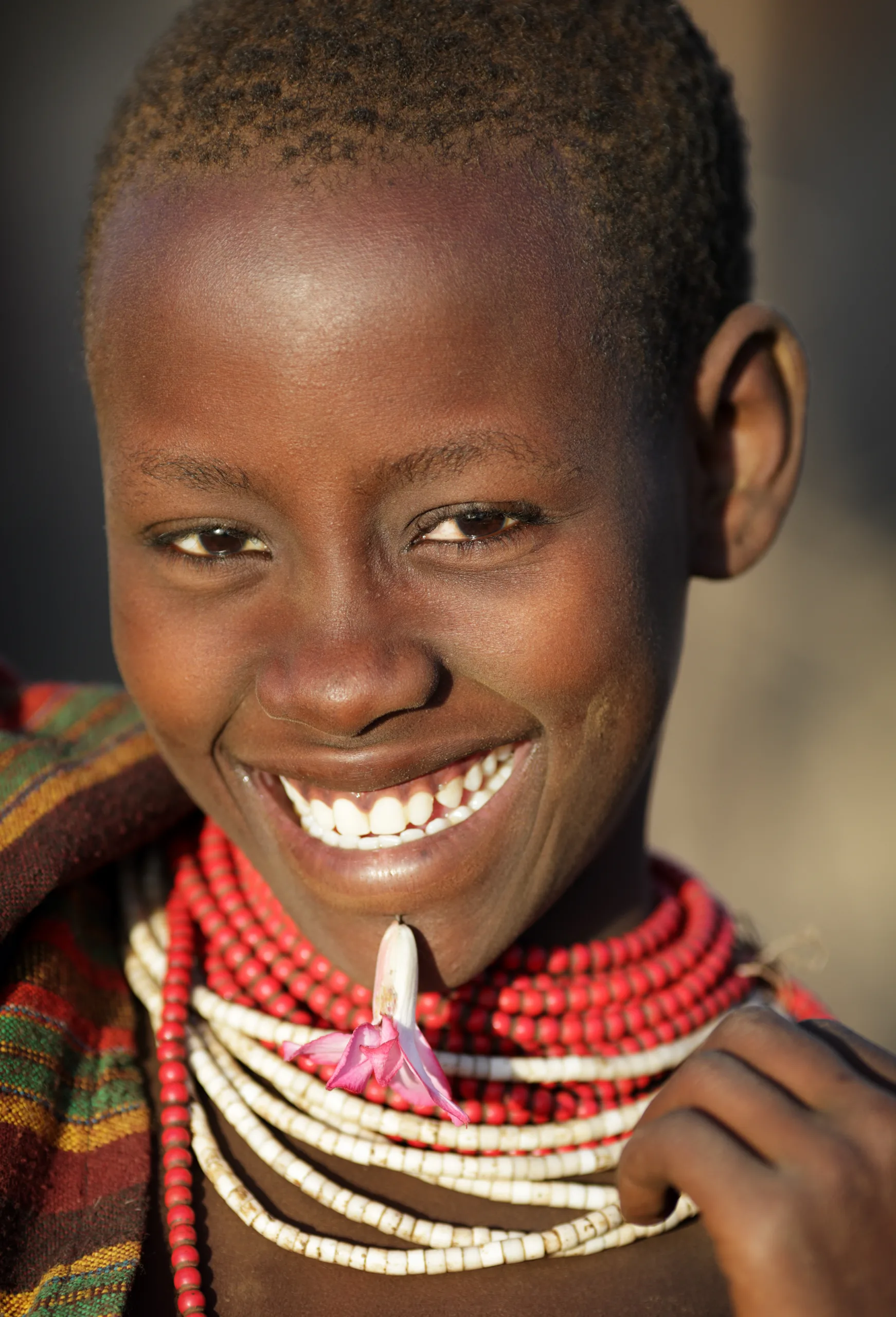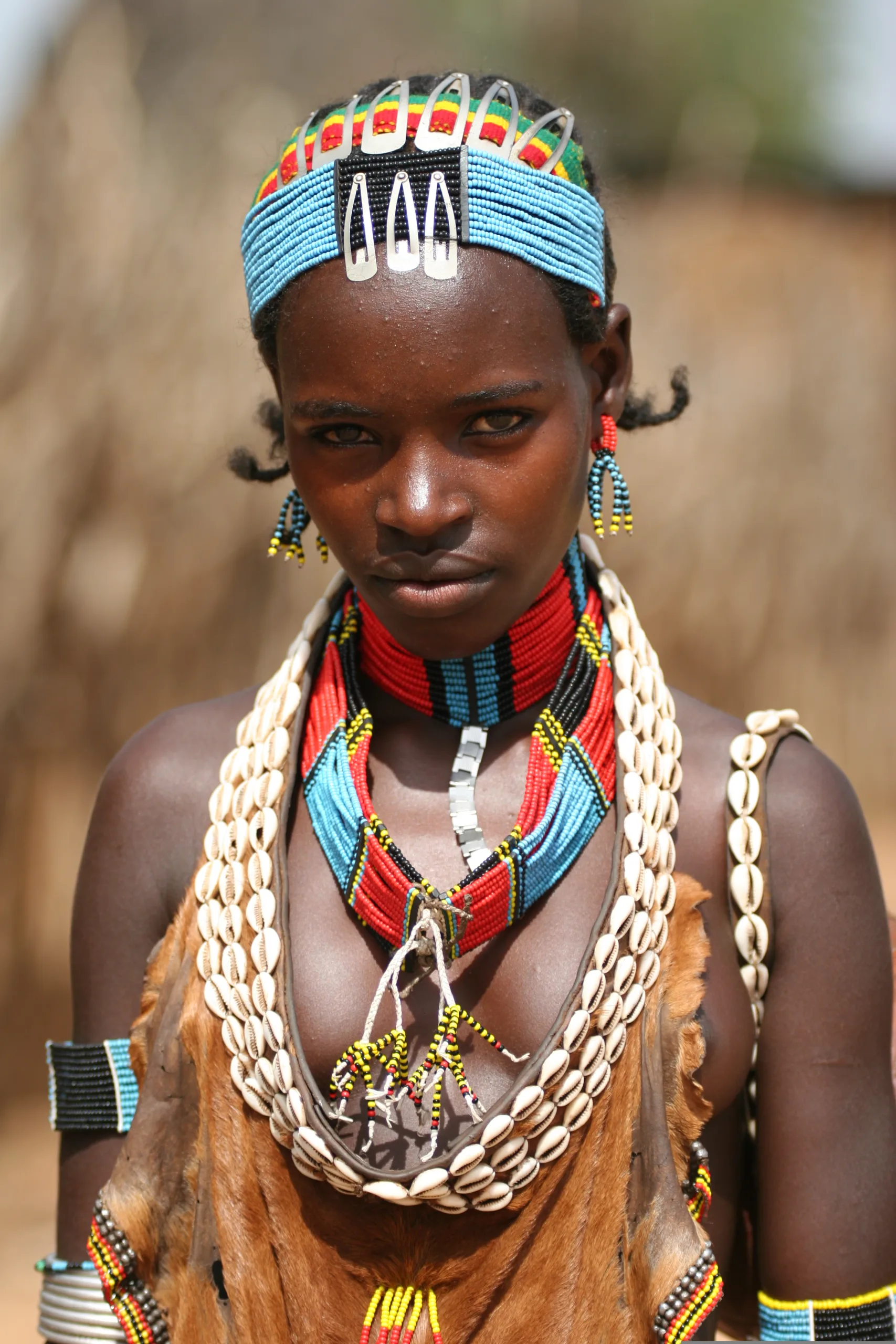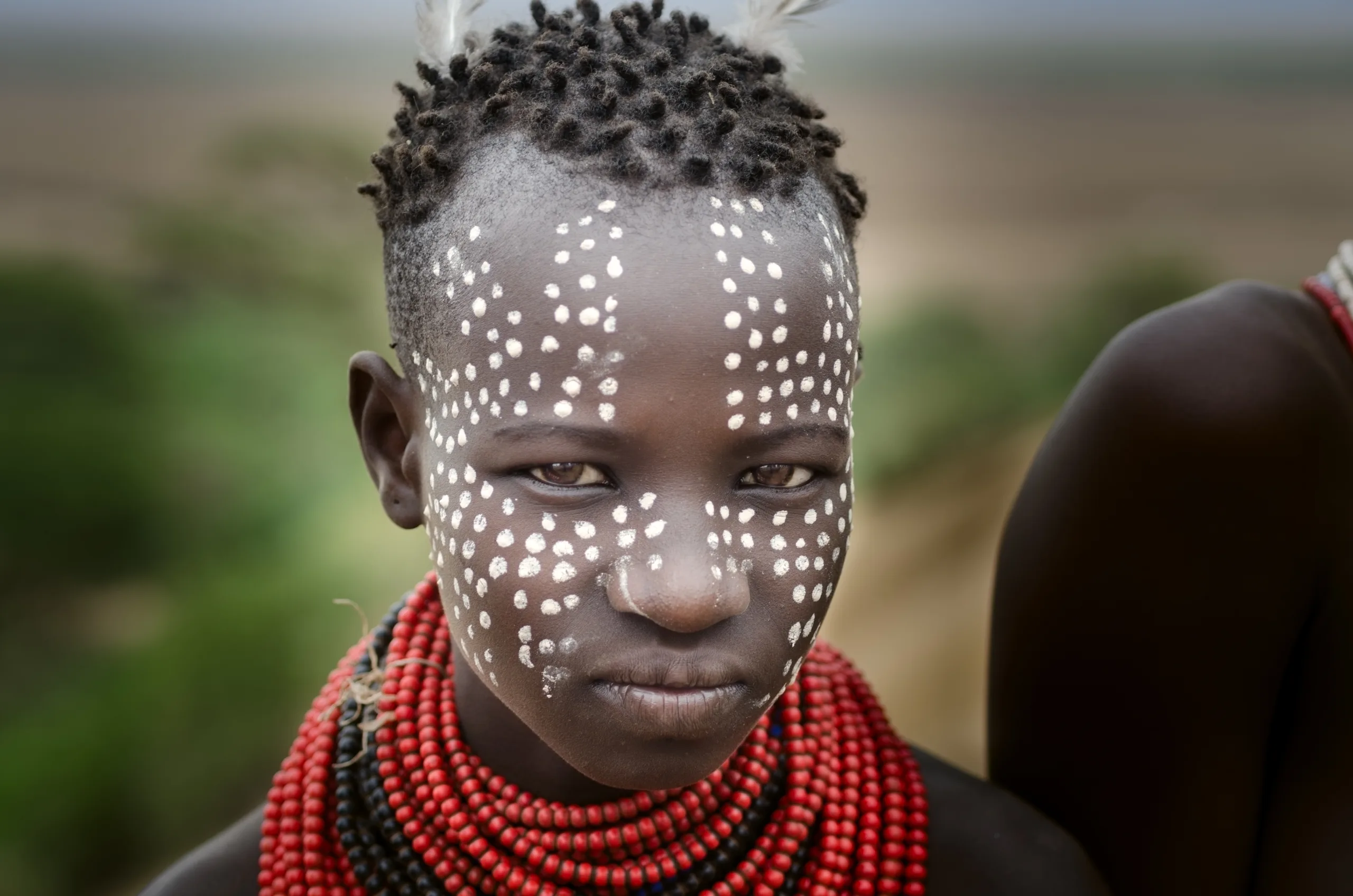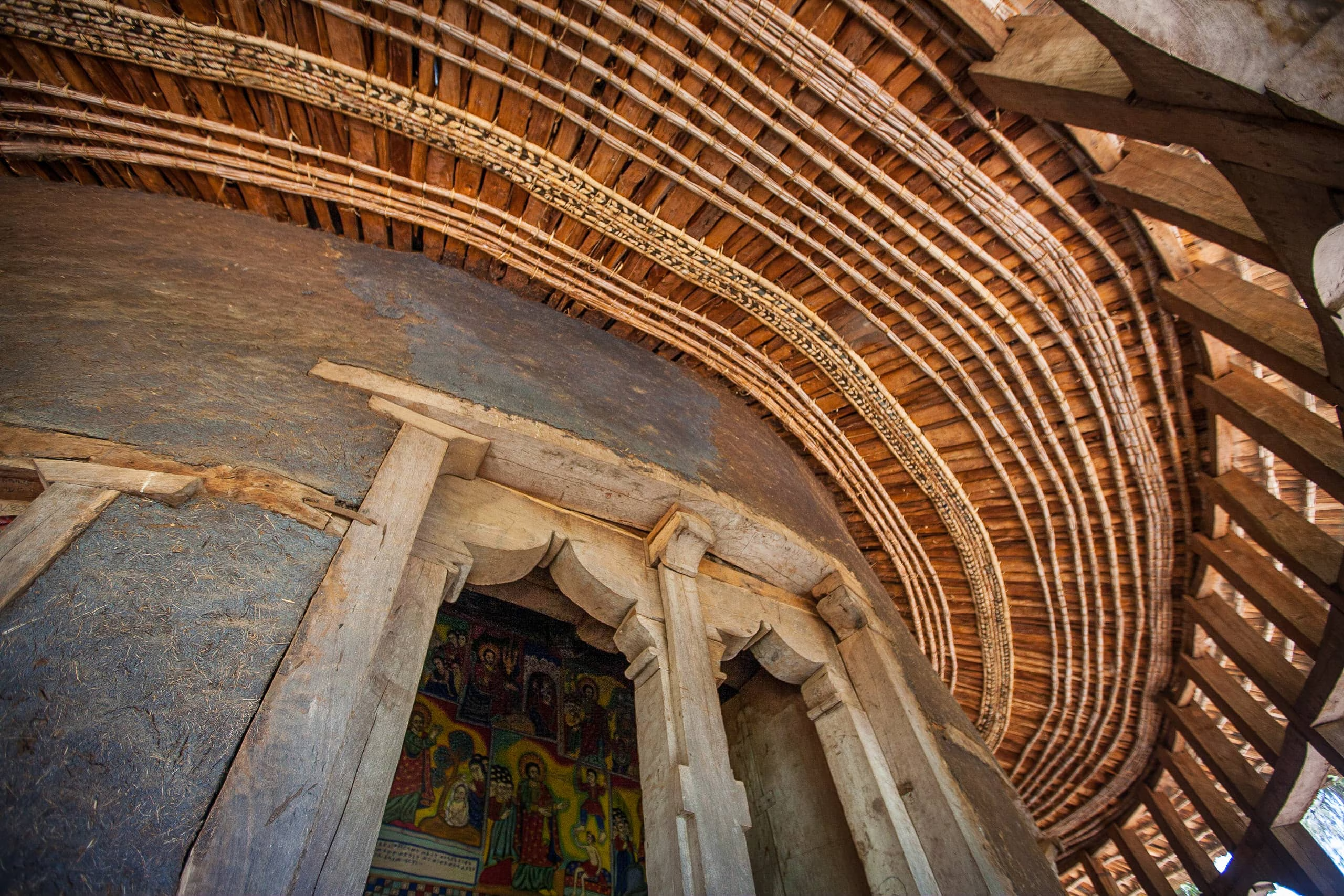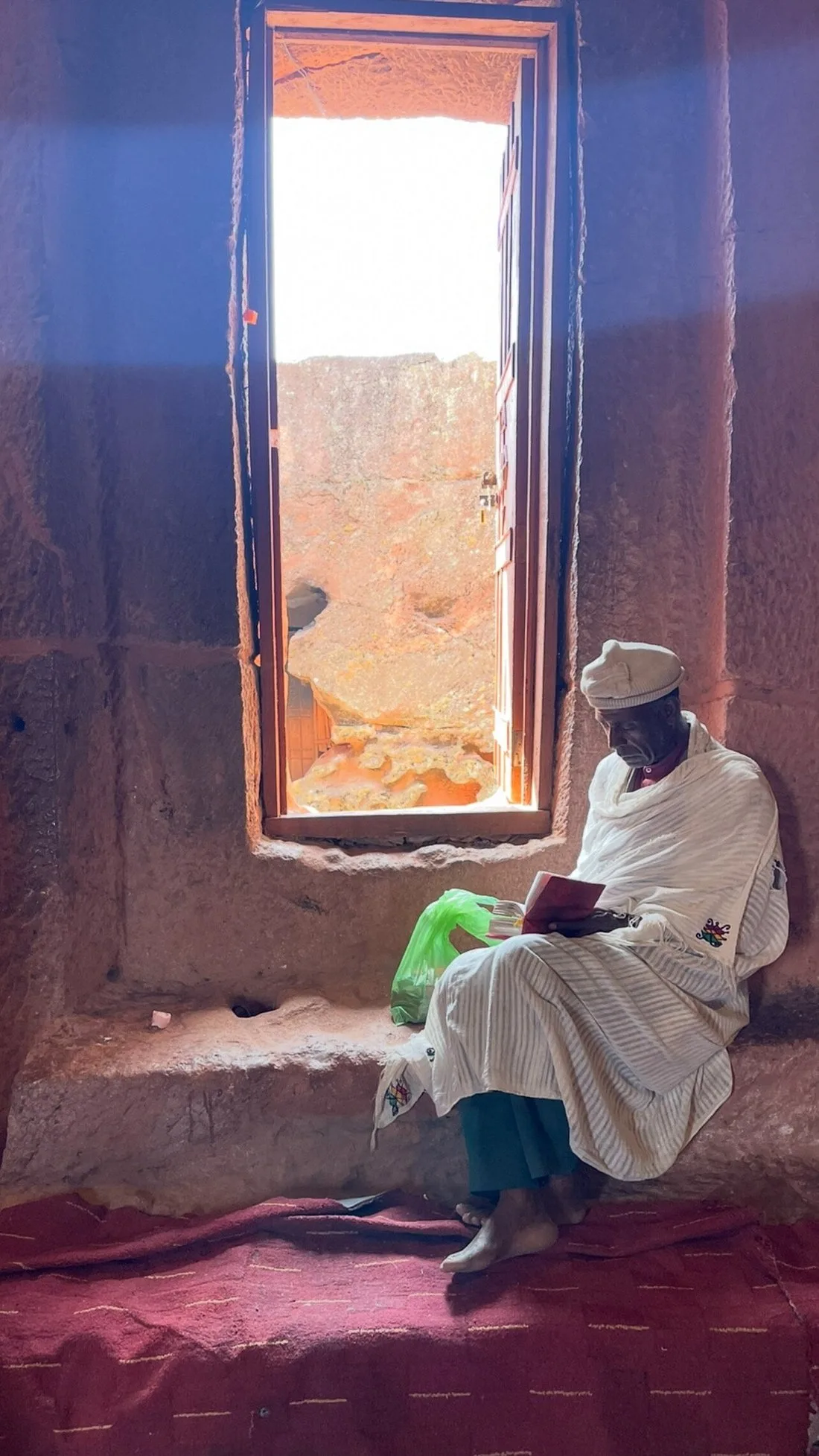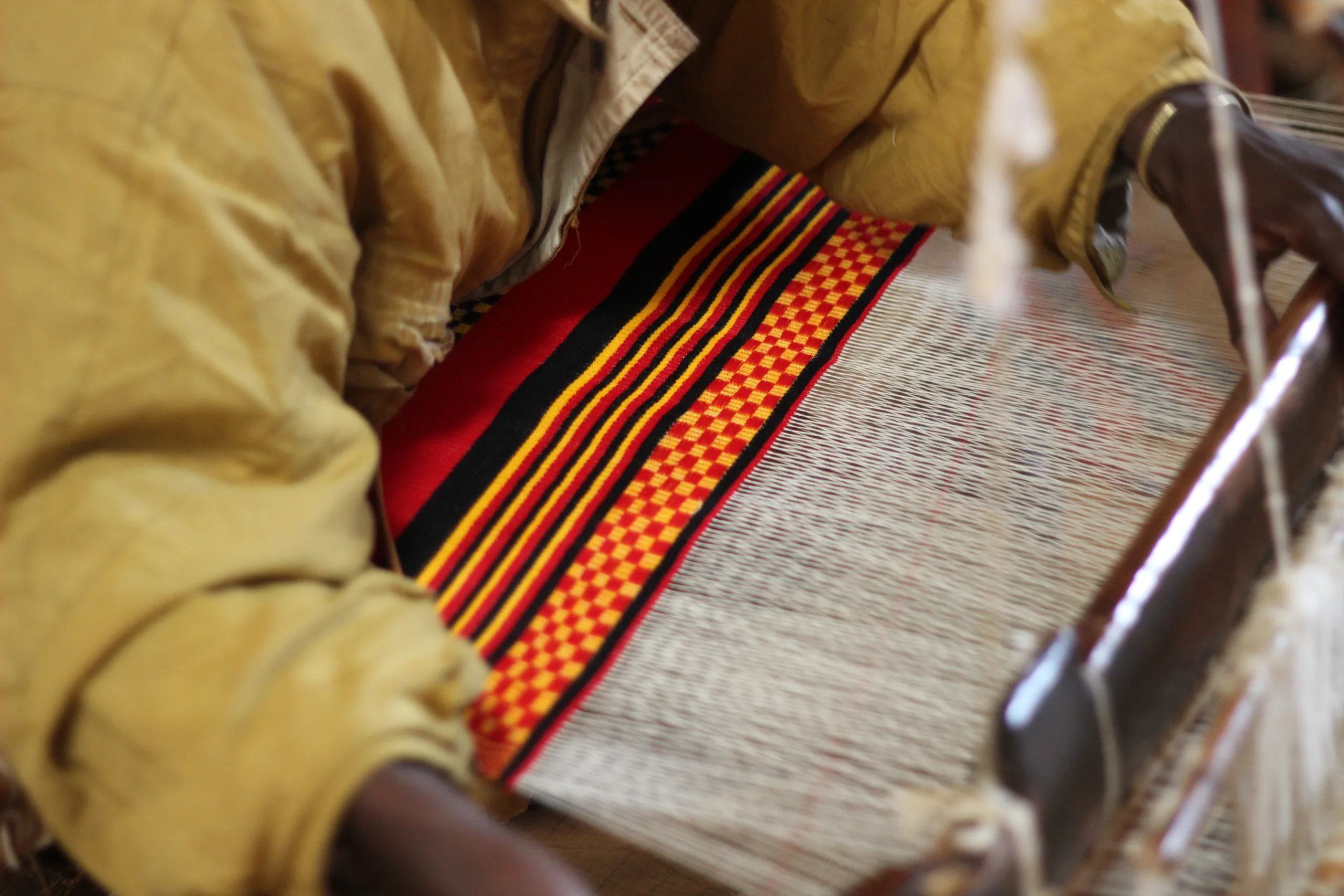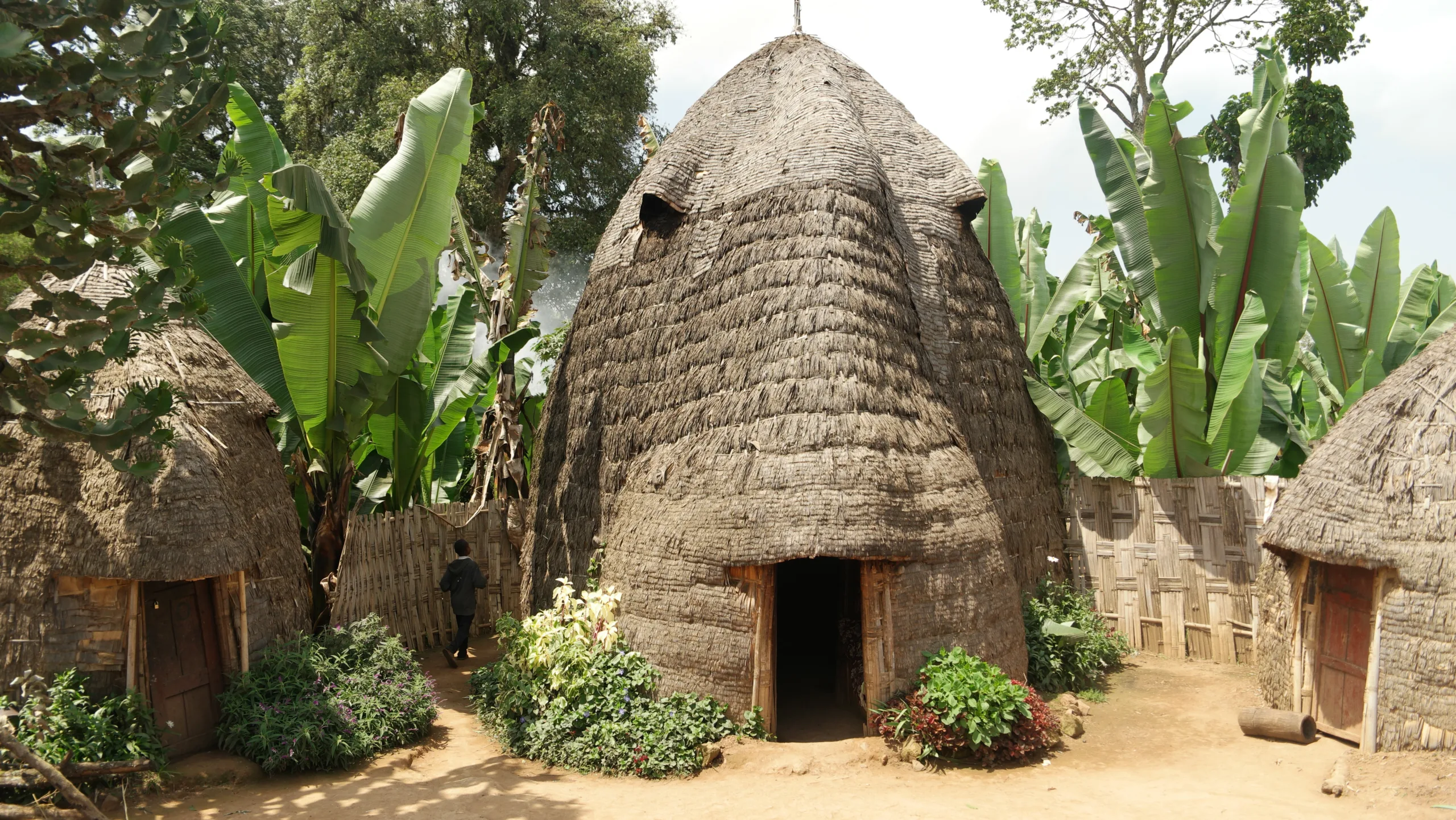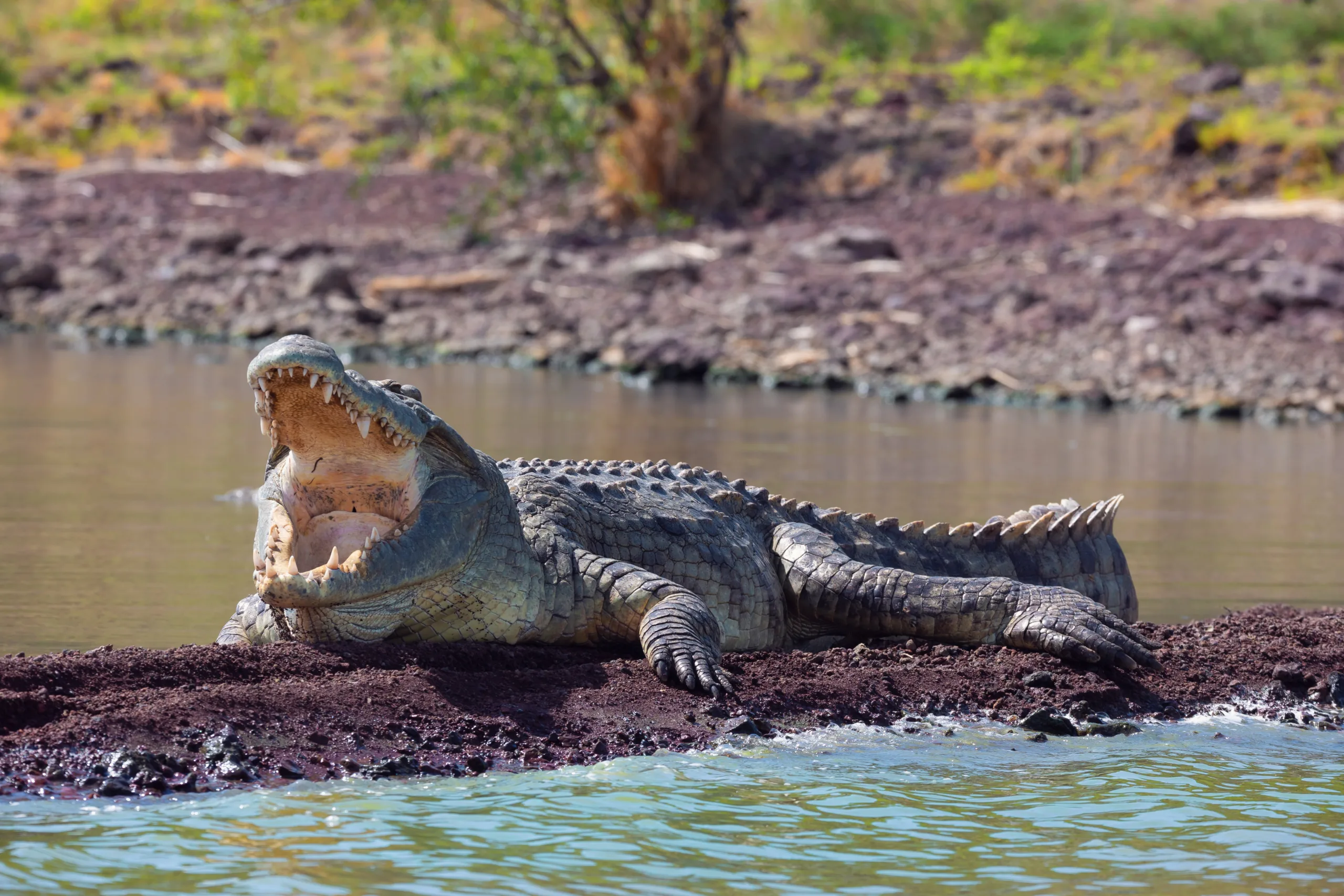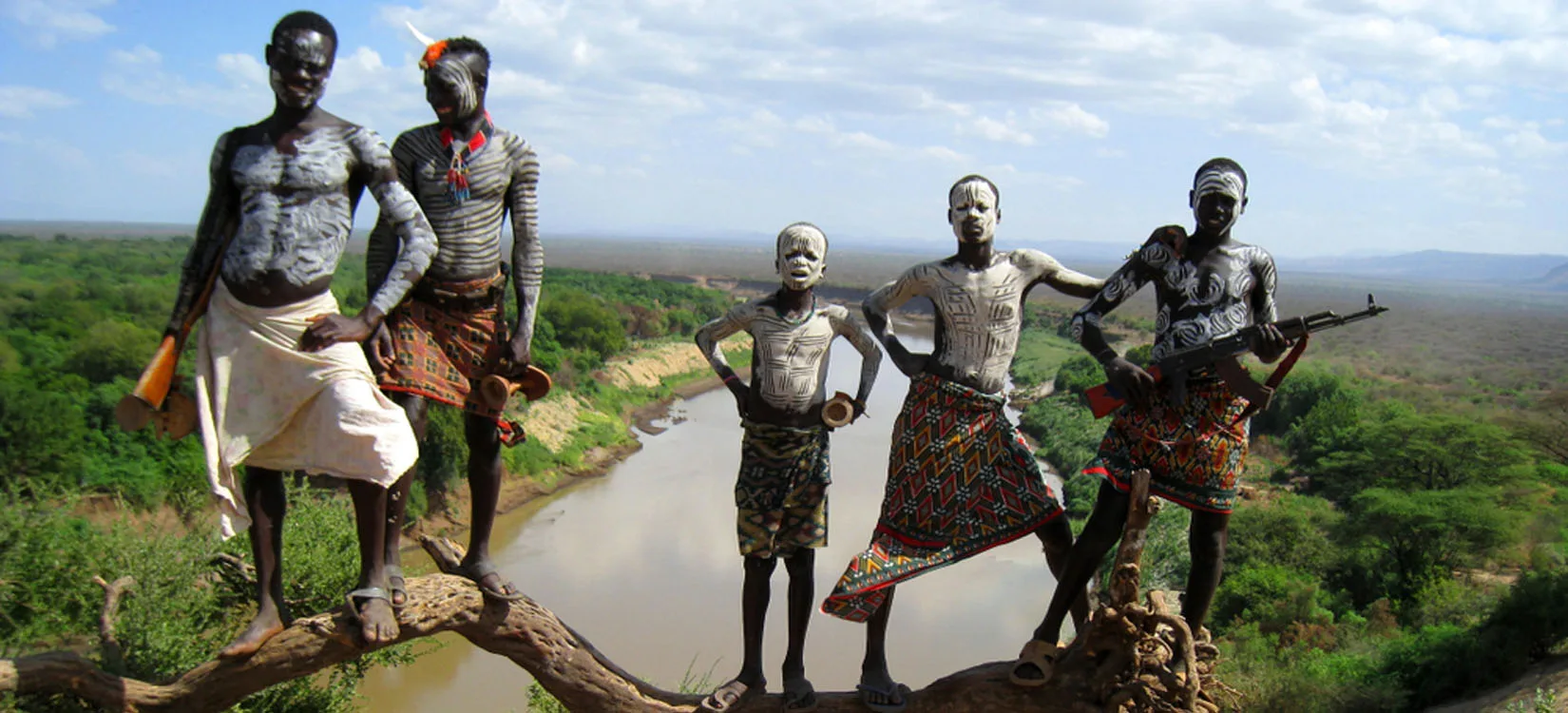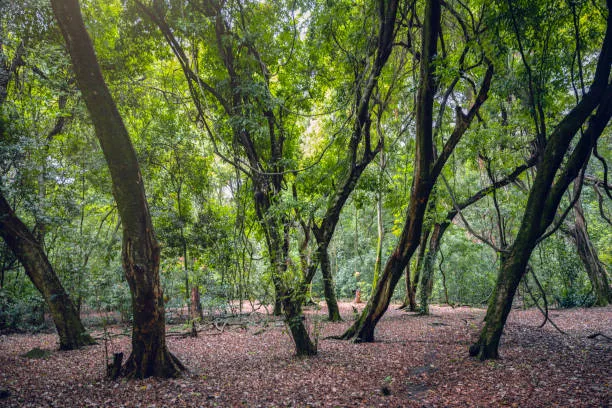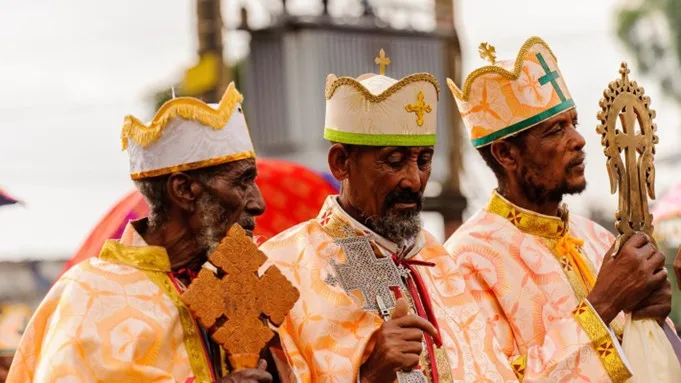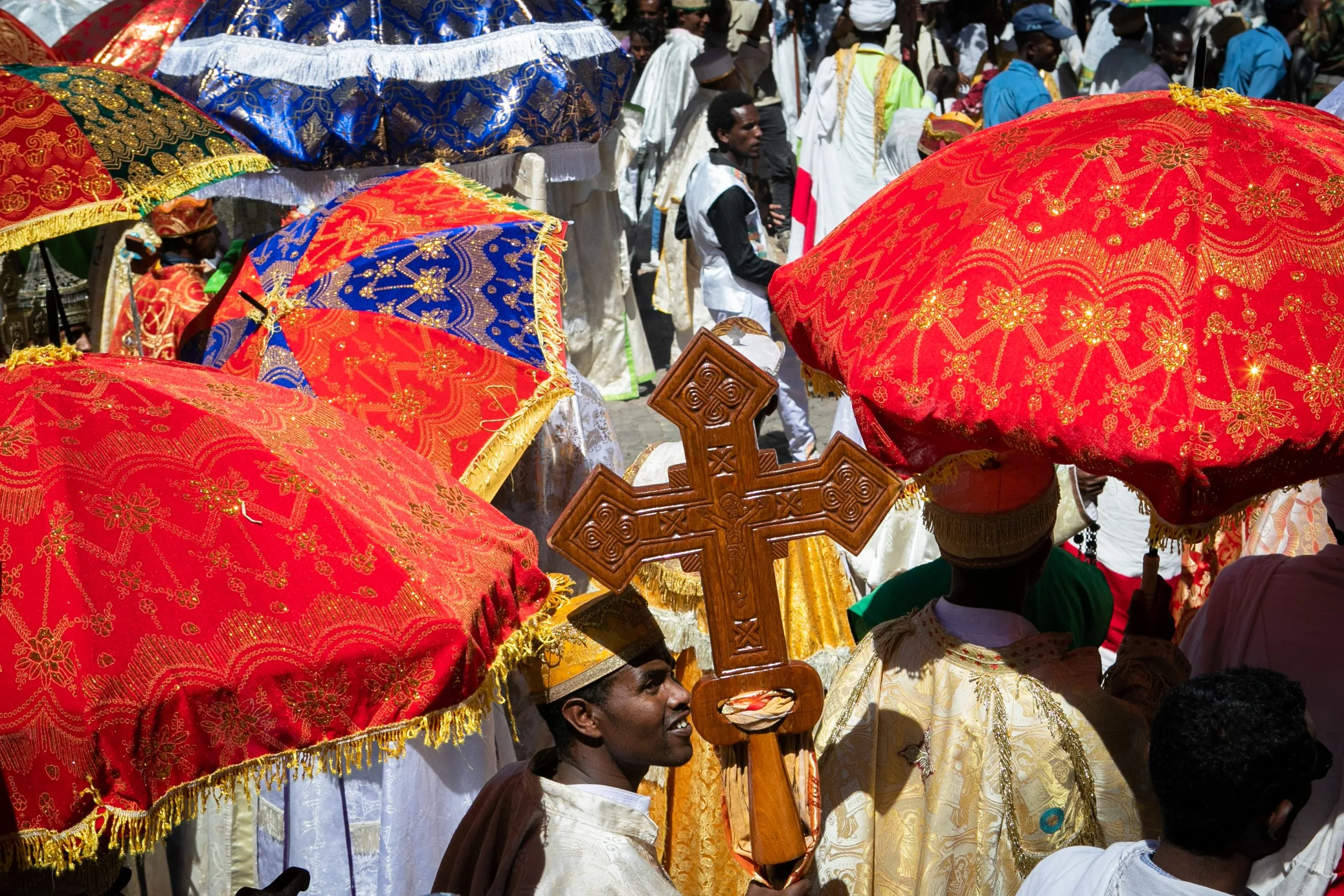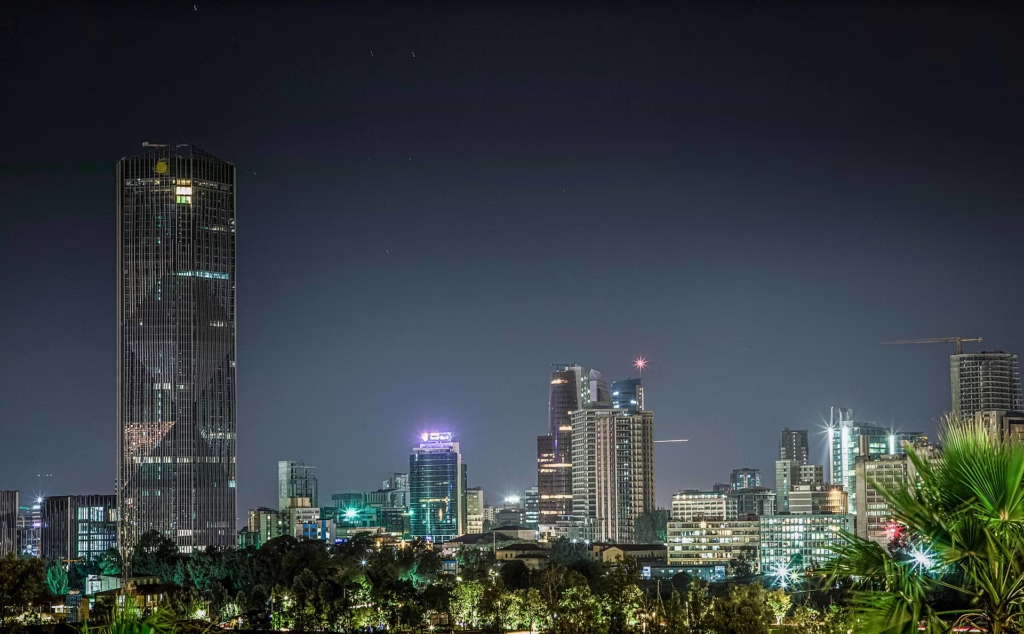
Arrival
Welcome to Addis Ababa.
Upon your arrival at Addis Ababa Bole International Airport, and after completing immigration and customs procedures, you will be greeted by staff from Absolute Ethiopia Tours and transferred to your hotel.
Addis Ababa, the capital and largest city of Ethiopia, is situated in the center of the country at an elevation of 2100-2300 meters above sea level, making it one of the highest capital cities in the world. The name Addis Ababa translates to "a new flower" in Amharic. This vibrant city is known for its fascinating museums and is home to “Mercato,” one of the largest open-air markets in Africa. As the diplomatic capital of Africa, Addis Ababa hosts the Organization of African Unity and the United Nations Economic Commission for Africa.
Depending on your flight schedule, a sightseeing tour of Addis Ababa can be organized. Your excursion will begin with a visit to the National Archaeological Museum, regarded as one of the most significant museums in sub-Saharan Africa. Here, you will find the 3.5 million-year-old remains of Lucy, believed to be the common ancestor of humankind. The museum features a variety of ancient artifacts that highlight Ethiopia’s significance as the ‘Cradle of Mankind,’ including a historic room displaying war finery such as crowns, weapons, and portraits of heroic figures and monarchs.
Next, you will proceed to the Ethnographic Museum. With its two primary sections dedicated to local crafts and regions, this museum is an ideal introductory venue to explore Ethiopia's rich ethnic diversity. It showcases an impressive collection of religious crosses, triptychs, and murals, as well as the bedroom and bathroom of Haile Selassie, the last Emperor of Ethiopia.
The tour continues with a visit to St. George’s Cathedral (Giorgis Cathedral), located at the northern end of Churchill Road. Designed in a traditional octagonal style, this cathedral was constructed in 1896 to commemorate Ethiopia's victory over Italy at the Battle of Adwa. The cathedral features works by Afewerk Tekle, a renowned Ethiopian artist who created the stained glass windows for the Africa Hall, and also includes a small museum within its grounds. After completing the day's tours, you will return to your hotel for the evening.
Overnight accommodation at Ramada Addis. [https://www.ramadaaddis.com/]
Meals: Lunch & Dinner are included.
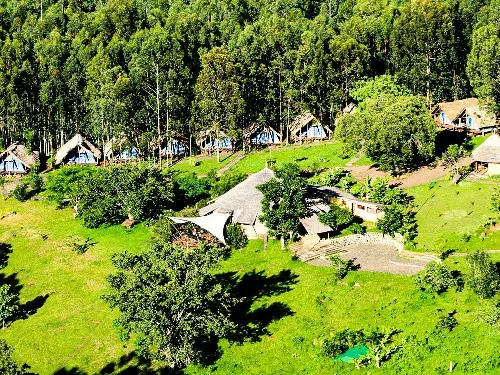
Flight from Addis Ababa to Jinka
Today, you will transfer to the airport for your Ethiopian Airlines flight to Jinka. Upon arrival, you will drive to Jinka city, with an en route visit to the Ari people of Ethiopia. The Ari are recognized as one of the most culturally and economically influential groups in the Omo Valley. Historically, they lived independently until the late 19th century, when they were conquered and incorporated into the Ethiopian Empire. Their territories are divided into nine autonomous units, each governed by its own leader and a traditional spiritual leader known as the Babi.
Similar to many other tribes in the Omo Valley, Ari men are permitted to marry multiple wives as long as they can support their families. However, this practice is diminishing as the Ari people increasingly embrace Christianity, leading to reduced instances of polygamy. Most Ari men today have only one spouse.
You will visit the South Omo Research Museum and local villages in Jinka, where you will learn about local customs, including the production of traditional liquor made from sorghum, garlic, and maize, as well as the pottery-making process.
Meals: Breakfast, Lunch & Dinner included
Accommodation: Eco Omo Lodge (https://www.eco-omo.com/)
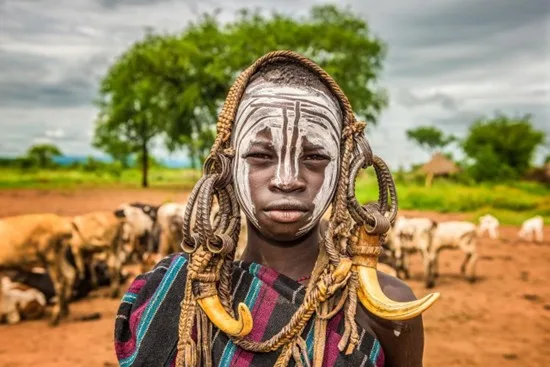
Drive from Jinka to Mursi and Turmi
Total driving distance: 230 km / 6-7 hours.
Today, embark on a day excursion to Mago National Park to visit the Mursi village, known for being one of the most traditional ethnic groups. The Mursi reside in simple huts constructed from straw leaves. Women often adorn their significantly stretched lower lips and earlobes with terra cotta, while men are notable for their distinctive hairstyles. Body scarification is common, and many women wear lip plates; a larger lip plate signifies a higher value for marriage. The plates are removed during eating and sleeping, and women can be recognized by their long, distended lips.
After visiting, you will continue your journey to Turmi, the home of the Hamer tribe. Here, you will visit a Hamer village. The Hamer people are known for their striking appearance, taking great care in grooming, coloring their hair, oiling their skin, and adorning themselves with beads and bracelets around their arms and legs. They are famed for their body art, moonlight dances (Evangedi Dance), and the traditional bull-jumping ceremony, which signifies the transition from childhood to adulthood and is not performed daily.
Meals: Breakfast, Lunch & Dinner included
Accommodation: Buska Lodge (http://www.buskalodge.com/)
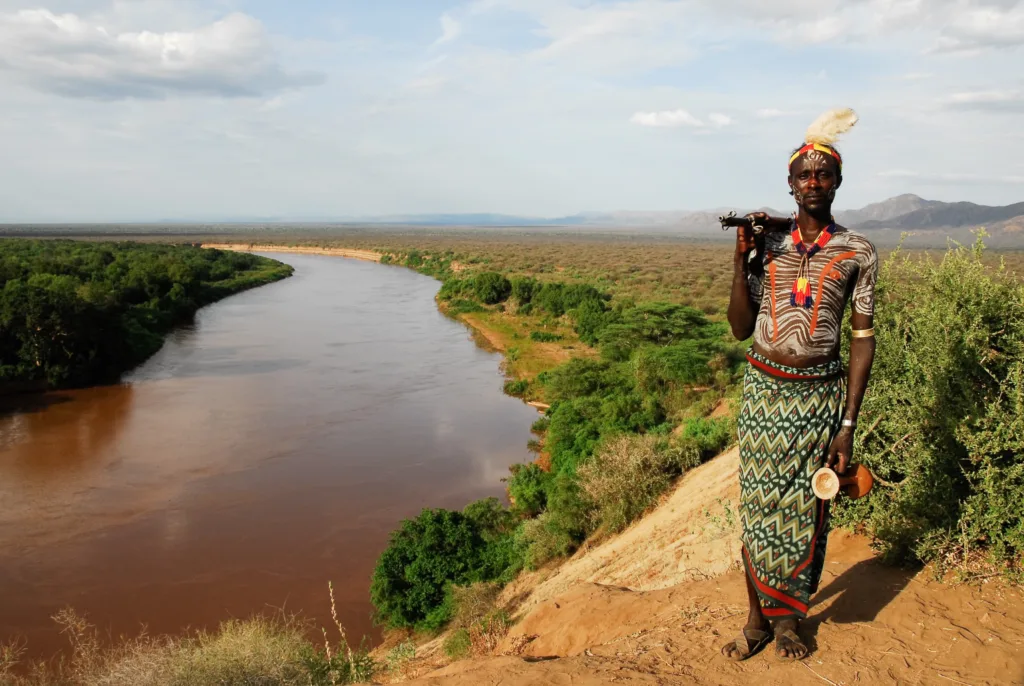
Drive from Turmi to Karo and back to Turmi
Total distance: 150 km / 3-4 hours.
After an early breakfast, you will embark on a journey to Murulle, carrying a picnic lunch to meet the Karo people who inhabit the banks of the Lower Omo River. The Karo are known for their rich cultural expressions, incorporating elaborate body art, intricate headdresses, and body scarification to signify beauty and status within their community. Although this vibrant tribe consists of fewer than 1,000 members, they are recognized as the primary non-nomadic agricultural group in the Lower Omo Valley.
What sets the Karo apart from other neighboring tribes is their pronounced focus on body and face painting. They adorn themselves daily using colored ochre, white chalk, yellow mineral rock, charcoal, and pulverized iron ore—materials readily available in their surroundings.
The tradition of body painting holds significant importance in Karo culture. It serves as both a means of communication and a form of artistic expression. Visiting the Karo people offers a remarkable insight into the lives of Ethiopia’s indigenous communities, which are rich, proud, and adaptable to change. Following this enriching experience, you will return to Turmi.
Meals: Breakfast, Lunch & Dinner are included.
Accommodation: Buska Lodge http://www.buskalodge.com/
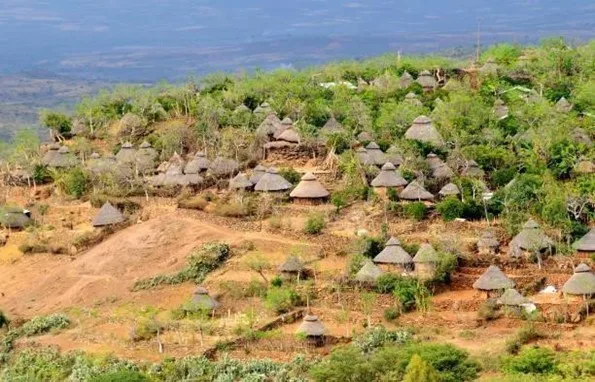
Journey from Turmi to Arbaminch
Total distance: 280 kilometers / 5-6 hours of driving.
After breakfast, we will set off towards Erbore village to greet the striking women of the Arbore tribe, who are notable for their black veils, semi-nude attire, and shaved heads, creating a vivid contrast. Arbore, also known as Erbore, is more rustic and less influenced than many comparably sized towns in South Omo. Like their culturally and linguistically related Tsemai neighbors, the Arbore people migrated from Konso to their present location approximately two centuries ago.
Next, we will travel to the Konso village to admire the stunning landscapes and their mode of living. The Konso residents are renowned for their intricately terraced hillsides, which have garnered UNESCO recognition, as well as their finely woven materials and the carved totems that embellish their graves.
The expansive and awe-inspiring landscape serves as an awesome backdrop for the distinctive Konso culture. The villages, known as kantas, are constructed on the hillsides and surrounded by stone walls for protection. The winding paths that traverse the village converge at the mora, a large, thatched pavilion that functions as a communal gathering spot for the inhabitants of nearby villages.
Visitors to the Konso region can experience a wealth of cultural offerings, including performances and craft demonstrations, allowing them to gain insight into the traditions of the Konso people and understand the significant roles these customs continue to play in their daily lives.
Meals: Breakfast, Lunch, and Dinner are included.
Accommodation: Haile Resorts https://hailehotelsandresorts.com/arbaminch_resort/
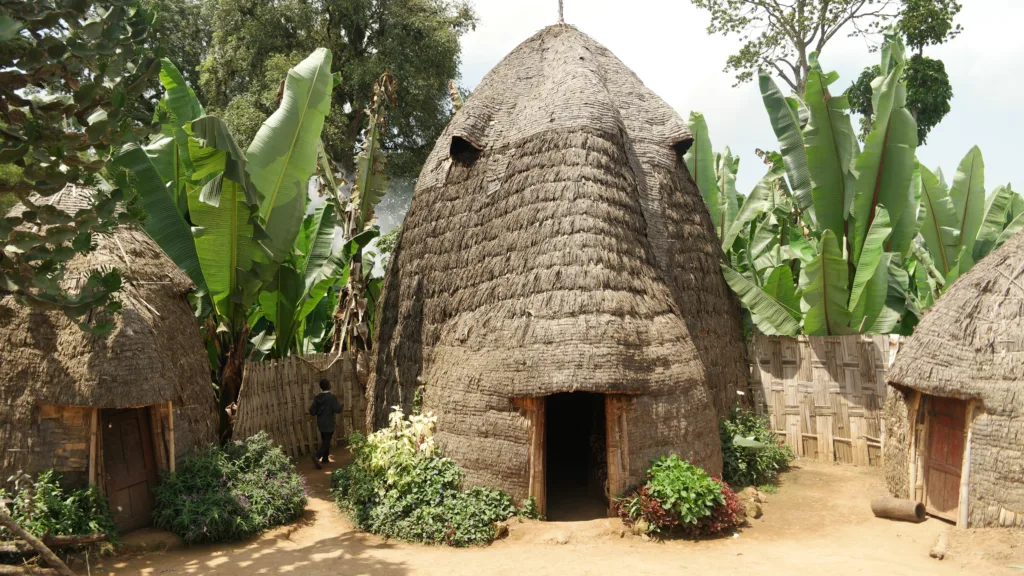
Boat Cruise on Lake Chamo and Visit to Chencha Village
After breakfast, embark on a scenic boat cruise on Lake Chamo, renowned as one of the park's highlights. This excursion offers the chance to observe a significant population of hippos and crocodiles up close. A notable spot for viewing numerous crocodiles is along the shores of Lake Chamo, known as “Azo-Gebeya,” or Crocodile Market, which showcases one of Africa's most impressive displays of large crocodiles.
In the afternoon, you will visit the Dorze community in Chencha, located 40 kilometers from the city. The Dorze people are celebrated for their cotton weaving, with their tall beehive-shaped huts being among the most recognized traditional structures in Africa. The primary livelihoods in this region include subsistence farming and weaving. The locally produced Shama cloth is considered the finest in Ethiopia, featuring plain white Gabbi robes and vibrant scarf-like Netalas available for purchase along the roadside. Explore the colorful local Dorze market for a vibrant cultural experience.
Meals: Breakfast, Lunch, and Dinner included.
Accommodation: Haile Resorts https://hailehotelsandresorts.com/arbaminch_resort/
Journey from Arbaminch to Hawassa
After breakfast, we will embark on a drive to Hawassa, covering approximately 248 kilometers in about four hours. Hawassa, the capital city of the Southern People’s Nations, is affectionately known as “The Town of Endless Love.” It is one of the rapidly developing cities in the region. In Hawassa, you have the opportunity to rejuvenate at the luxurious 5-star resort owned by the renowned Ethiopian runner Haile Gebrselassie. The resort offers a range of amenities, including a sauna, steam baths, and beauty treatments, ensuring a comprehensive relaxation experience. The view of the sunset here is truly spectacular. We will arrive at the opulent Haile Resort in the afternoon, allowing ample time to admire the stunning sunset over the lake.
Meals: Breakfast, Lunch, and Dinner are included.
Accommodations: Haile Resort Hawassa https://hailehotelsandresorts.com/hawassa-resort/
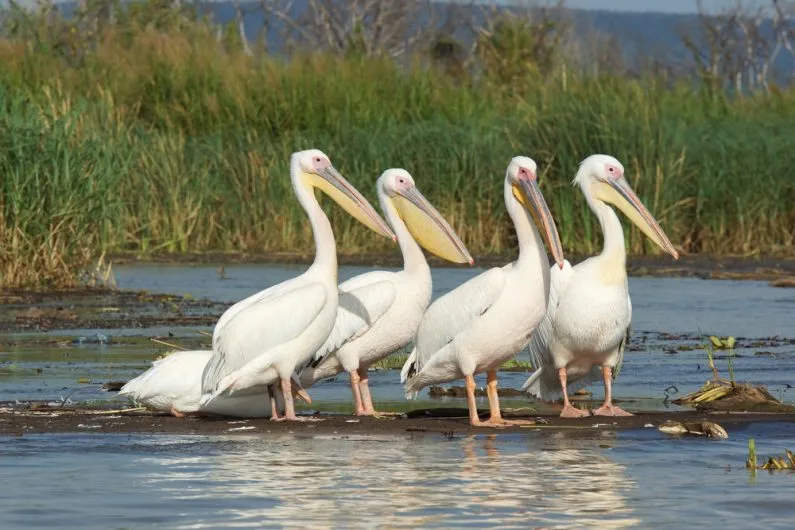
Journey from Hawassa to Addis Ababa
Covering approximately 275 km, the drive will take around 4 hours. This morning, you will visit the vibrant local fish market situated along the shores of Lake Awassa. Afterwards, you will head north towards Addis Ababa, making a stop at the Abiatta-Shala National Park. Here, you’ll encounter Lake Shala, the deepest lake in Ethiopia, reaching depths of 236 meters and known for its striking deep blue waters. Additionally, you will see Lake Abiatta, a soda lake that attracts thousands of flamingos at different times throughout the year.
Upon your arrival in Addis Ababa, you will be transferred to your hotel, where you will have access to a day-use room until your departure flight. If time permits, you will enjoy a farewell dinner at a cultural restaurant, where you can savor traditional Ethiopian cuisine while experiencing traditional Ethiopian dance performances.
You will have a day-use room at the Ramada Addis - Ramada Addis (https://www.ramadaaddis.com/).
Afterward, you will be transferred to the airport for your departure flight. Thank you very much and wishing you a safe journey.


